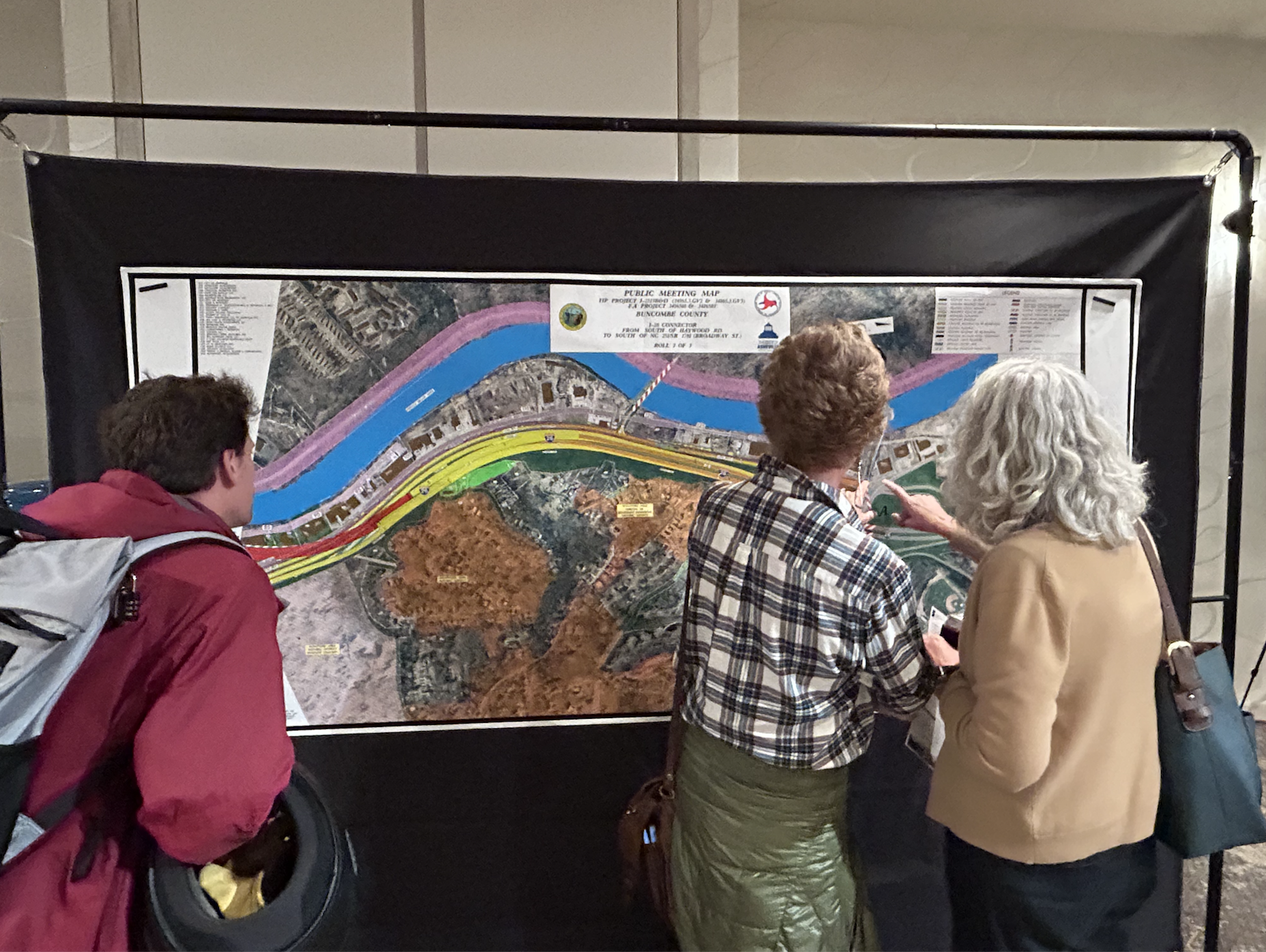The Solstice occurs in Asheville at 12:30 a.m. tomorrow morning, Dec. 22, marking the beginning of winter.
At that moment, the Earth’s axis will tilt the Northern Hemisphere at its largest angle away from the sun, according to Pamela McCown, coordinator at the A-B Tech Institute for Climate Education.
Today and tomorrow will have the shortest daylight hours of 2011 in Western North Carolina, with each day having just under 9 hours and 45 minutes of sunlight, notes McCown. After the solstice, “we will gain precious daylight each day as the Earth’s Northern Hemisphere begins to pick up more sunlight on our yearly trek around the sun,” she wrote in a recent email, adding: “You can understand why our ancestors would celebrate the return of the sun in late December with festivals that would last for days, even weeks.”
By the summer solstice in June, Asheville sees 14 hours and 34 minutes of daylight, notes McCown.
“For many of us, the winter solstice passes almost unnoticed thanks to modern conveniences like electricity and cars with headlights,” she observes. “But these are relatively new technologies that allow us to function through the long hours of darkness that occur this time of the year. Past generations were much more aware of the changing seasons because the lack of natural light had a significant impact on one’s ability to be productive.”
McCown adds: “I encourage you to take time over the next couple of days to notice where the sunrise and sunset occur on the horizon. This is as far south as the sun will appear to us, and the difference between where the sun rises and sets in December, and where it rises and sets well to the north in June, is truly amazing.”
Click here to watch a short video that shows how the light projected on to the Earth from the sun changes throughout the year. (The video was produced using a series of images taken by the European Organization for the Exploitation of Meteorological Satellites).






6 thoughts on “Tomorrow’s solstice marks the first day of winter”
Christmas is not just a one-day deal, folks, so don’t cut your celebration short. I celebrate the full-blown season the Old Christmas way, aka Winter Solstice and thereafter from December 21 to January 6, at which time I both rejoice and shed a tear for the end of the dark winter season by burning green cedar and pine boughs in the fireplace, drinking comforting drink with spices, and perusing the seed catalogs that are already arriving by USPS, knowing the buds will soon be a’popping and the warmth of the sun (the giver of life on our planet) will soon return. Slainte!
“You can understand why our ancestors would celebrate the return of the sun in late December with festivals that would last for days, even weeks.”
And then we quit doing that when the Christians appropriated those celebrations and came up with Dec. 25th as the fictional birthdate of Christ.
Don’t get me wrong – I’m a fan of Jesus, but not a fan of his followers usurping the celebrations of the natural world. Traditional values, dammitt!!
“the difference between where the sun rises and sets in December, and where it rises and sets well to the north in June, is truly amazing.”
Yes indeed the difference is amazing. When the mountains are your markers you can’t help but notice the huge difference.
Stop taking the Sol out of Solstice. It’s the reason for the Season!
XStice?
XStice?
Sounds like the latest designer drug.